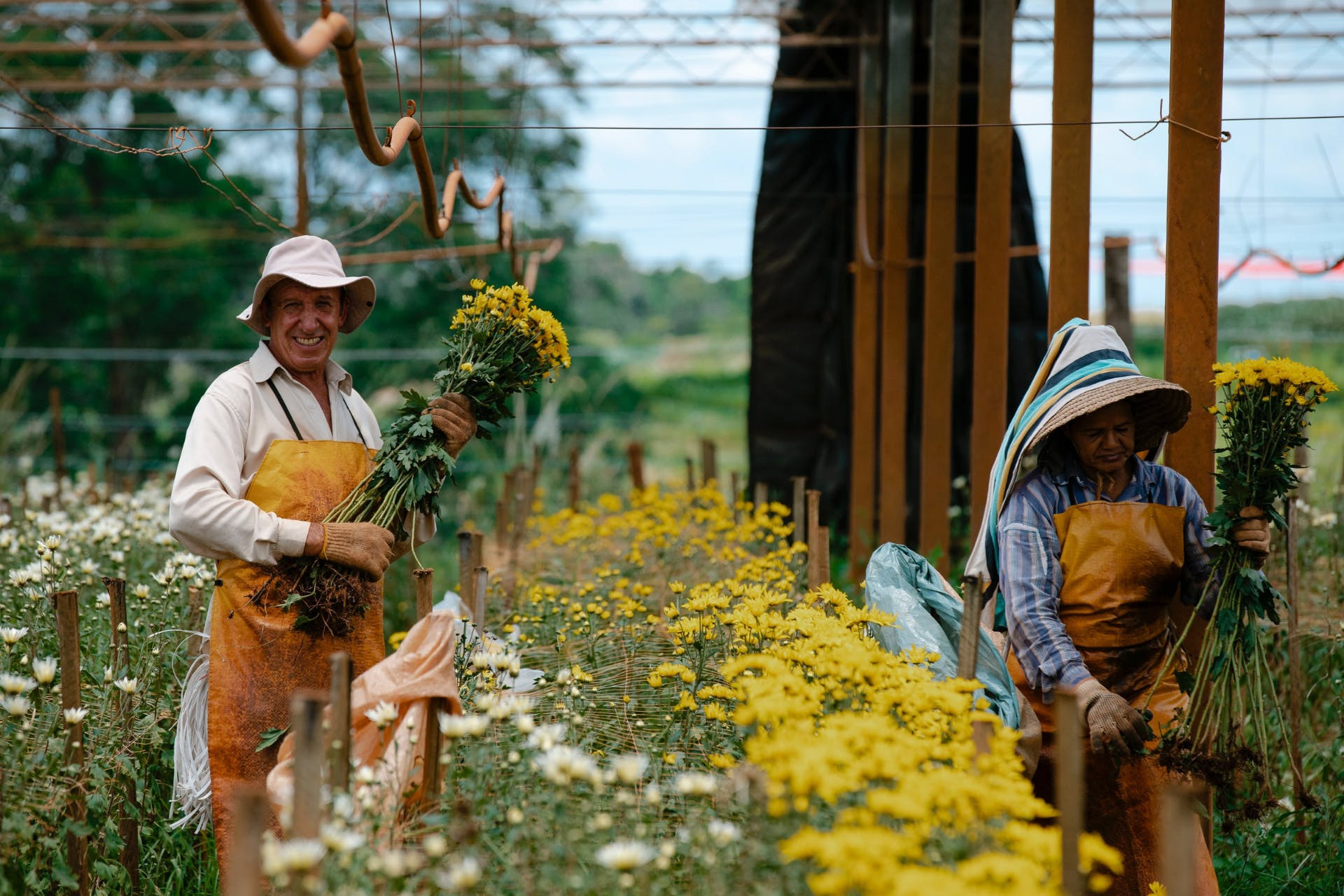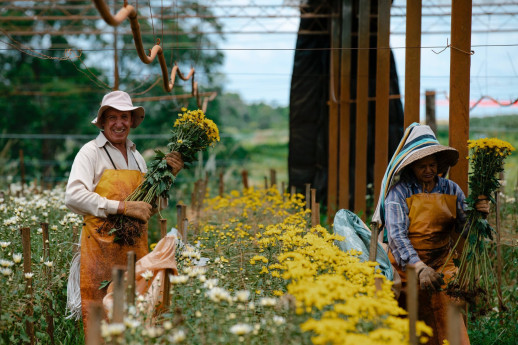International trade is yet another area where resilience is being threatened by climate change. Indeed, for many countries, the ability to produce commodities that have been central to their comparative advantage is eroding. Adaptation policy is, therefore, necessary, and a uniform approach to standard setting could be an essential step towards both trade security and climate change mitigation.
A bilateral relationship
The relationship between trade and climate change is bilateral. Trade affects the climate through CO2 emissions resulting from the production, shifting and consumption of goods. On the other hand, long-term climate change can alter the comparative advantages of countries and shift trade patterns.
As an example, the wine sector is strategic for countries such as Italy and France, as well as for “new world” producers including the United States, Chile, Australia, and South Africa. Grape production requires a specific set of climate conditions currently present in some regions of these countries. However, climate change has the potential to expand these favorable conditions to other countries. This could shape their comparative advantage and therefore alter trade patterns. By the same token, climate change may induce negative effects for current producer countries, who will need to adapt their production to be more resilient to these changing conditions and keep their comparative advantage.
Unequal terms of trade
From a trade perspective, a country can remain resilient in the face of climate change if it can produce a higher value of products as opposed to a higher volume of less-valued production. But this advantage tends to accrue to richer countries due to their starting point in development and knowledge.
Simply put, it is easier for richer countries to adapt to climate change because they are more focused on the processing part of the international supply chain. In comparison, many developing countries produce agricultural commodities, which are already strained by changing climate conditions.
In theory, these countries should be taking steps to change their trade patterns by changing ways of production and planting crops that are resilient to new climate conditions. However, this is a long-term process and adaptation of this nature is neither quick nor simple to achieve in practice.
How then can countries achieve a more advantageous trade architecture for building resilience, particularly in parts of the world where climate change will have a more dramatic effect?
Building Societal Resilience
This article is part of an AXA Research Fund publication
Read the publicationA co-operative approach
The key is international cooperation through the existing trade architecture and institutions such as the World Trade Organization. There is already scope for international agreements that allow developing countries to receive support from developed countries to adjust to changing climate conditions and knowledge on cleaner production techniques.
However, the international trade system is inherently unequal. Developed countries tend to outsource their most polluting activities to developing countries while retaining the high-value ones, such as services and value-added processing. Since the effects of climate change are international, this is not a viable long-term approach.
For the common good, cooperation must be achieved. However, multilateral cooperation is difficult and complex. Bilateral cooperation between regions is, therefore, more realistic. At this level, cooperation on cleaner standards would be an effective trade policy to mitigate climate change and build resilience.
Setting new standards
Harmonization of regulations is essential to achieve equilibrium between developed and developing countries. With international cooperation, developing countries could achieve trade resilience through homogeneous standards across countries. But what should this harmonization look like?
It should not simply consist of pricing mechanisms. Although tariffs are the most common tool in trade, their effect is blunt and affects the price of goods rather than sets standards.
One important tool to consider is non-tariff measures, such as sanitary and phytosanitary measures in the agri-food sector. These are complex, because they increase the cost of production, and thus the costs of compliance. But they could be very useful as a tool to promote both resilient trade and climate change mitigation by setting standards for cleaner production.
The expansion of the agri-food trade in recent decades has boosted the market share of developing countries. This increase has taken place alongside the implementation of non-tariff measures, namely sanitary and phytosanitary measures. This suggests that such measures are indeed pro-trade and reduce the developed-developing divide by setting common standards and ultimately boosting the trade resilience of developing countries. There is clearly potential for non-tariff measures to yield further benefits.
Let’s take the case of applying the same food safety standards in developed countries to developing countries. More harmonization of standards provides security to developing countries since they know their goods can be traded internationally, creating scope to pursue a higher-value approach rather than simple commodity production. Adaptations like these can boost trade resilience in a time of climate change.
At the same time, this approach has the potential to set standards for cleaner production techniques to mitigate climate change, all while setting a path for cooperation on policies and standards to tackle climate change itself.
For such uniform adaptation of standards to work to their full potential, they need to be adopted internationally. We are a long way from that. But if embraced, they could be trade policy’s key contribution to mitigating climate change and building resilience.
November 2022




